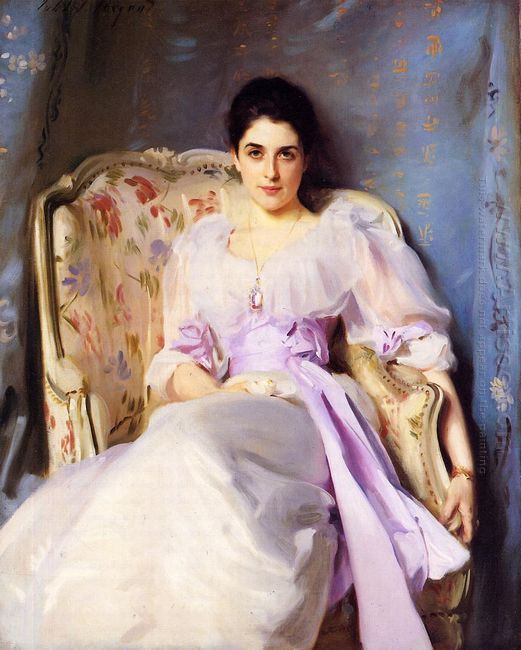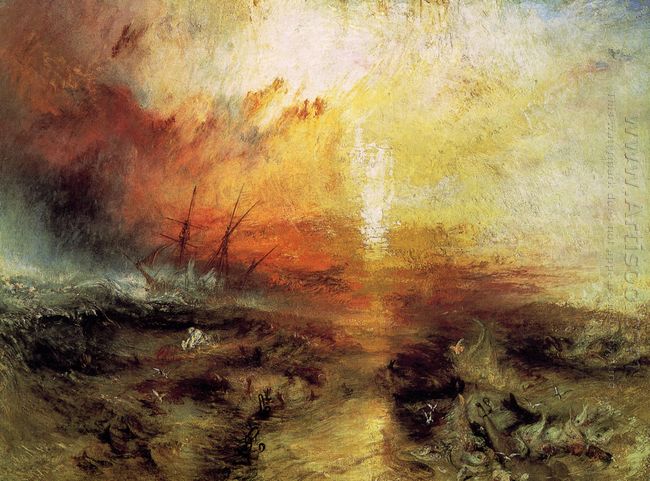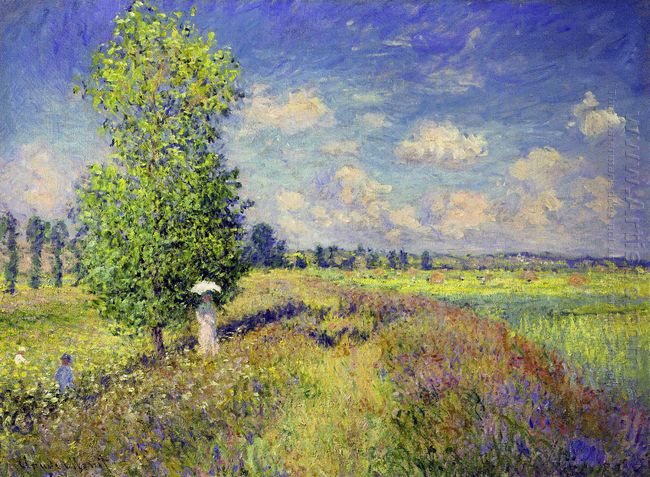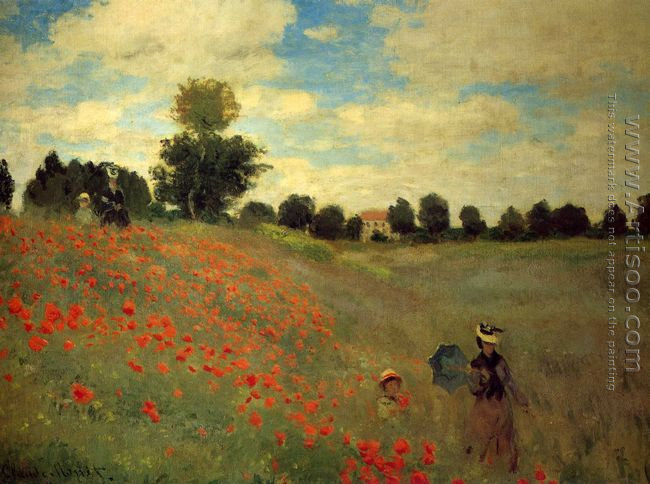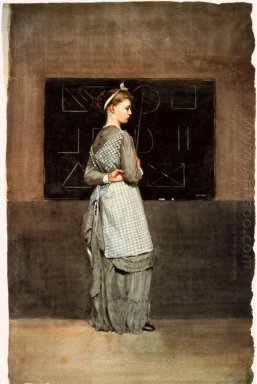Lady Agnew of Lochnaw was created between 1892 and 1893 by John Singer Sargent. It measures 126×105 cm and is now preserved in the Scotland National Art Gallery in Edinburgh. 1880s was not only the turbulent era of portraits, but also the glorious era of portraits of Sargent. It could be said like this because he was given a heavy attack to have to settle in Britain due to his exhibited Madame Gautreau. The most brilliant period of Sargent was in the ten years between the mid 80's and mid 90's. His two masterpieces in this period were the oil painting Carnation, Lily, Lily, Rose and his representative work Lady Agnew of Lochnaw.
John Singer Sargent used a strict realism to depict the whole appearance of portrait and drew the British elegance through free strokes and concise color block. Such elegance was solely owned by the characterization of Sargent's portraits, which was very popular among the UK. Later it also caused great passion in France where stronger objections existed.
Lady Agnew was a British noble woman. She usually behaved with decorum with a proud facial expression. The painter did not fail her expectation and demonstrated these personalities in the portrait. Because of the role of color, her beauty weakened her pride and the contemptuous disregard. The face was full of silently conveyed tenderness and the pair of eyes was so attentive, showing the rich performance of the heart. A white dress with a wide pink ribbon at the left side of the chair made the whole posture rhythmic. Thin white dress and the background were so harmonious. Blue background was decorated with a few lines of Chinese characters in curtain shape pattern. The painter seemed to make the lady with a refined oriental culture spirit. And the hue and composition, including her leaning on the British classical sofa chair were still filled with British style.

